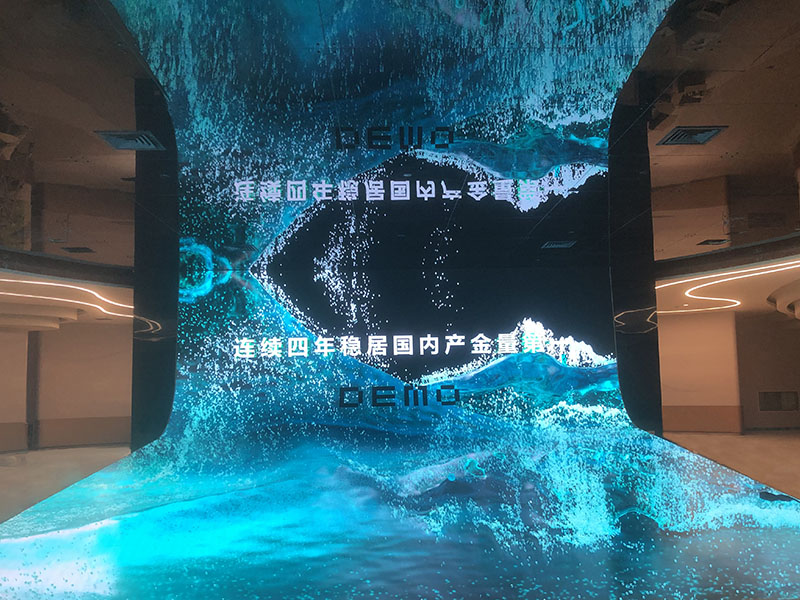Indoor LED display screens normally divides as small pixel pitch LED displays and normal indoor LED displays. These displays typically have pixel pitches ranging from 1.25mm to 10mm, about 5 items of them are popular ones. Small pixel pitch LED display screens are commonly used for applications that require close viewing distances and higher resolution. The smaller the pixel pitch, the higher the resolution and image clarity. Standard indoor LED display screens are suitable for applications where viewing distances are greater and resolution requirements may not be as critical. They offer excellent performance at a lower cost compared to small pixel pitch LED displays.
Indoor LED display screens are an essential component in a wide range of projects, from advertising and entertainment venues to corporate presentations and retail displays. When it comes to selecting the most suitable indoor LED display screen for your project, there are several factors to consider. We would delve into the importance of considering project requirements, such as budget, technical specifications, and installation methods, to ensure you make the right choice.
- Considering Project Requirements:
a) Budget: Your project's budget is a crucial factor in determining the type of indoor LED display screen you can afford. Small pixel pitch LED displays tend to be more expensive due to their higher resolution and advanced technology.
b) Technical Specifications: Consider the specific technical requirements of your project. Factors such as screen size, screen resolution, brightness, contrast ratio, refresh rate, and color accuracy should align with your project's needs.
c) Installation Methods: The installation method plays a significant role in the suitability of the LED display screen. LED modules with a metal installation structure or LED cabinets with a metal mounting structure are the two main installation options for indoor LED displays. Each has its advantages, with the former being more cost-effective and suitable for larger spacing, while the latter offers precision and a more aesthetic appearance, making it preferable for indoor LED displays with smaller pixel pitches.
2. Determining the Right LED Display:
When choosing the right indoor LED display screen, it is important to evaluate and balance all the aforementioned factors. Consider the project's requirements, technical specifications, and budget constraints to make an informed decision. Remember that smaller pixel pitch LED displays generally deliver higher quality but at a higher cost, while standard indoor LED displays offer a cost-effective alternative suitable for applications with larger viewing distances.
Selecting the most suitable indoor LED display screen for your project involves careful consideration of various factors. Whether you opt for a small pixel pitch LED display or a standard indoor LED display, understanding your project's requirements and aligning them with the technical specifications, budget, and installation methods will ensure a successful outcome. By making an informed decision, you can achieve a visually stunning and impactful LED display that meets your project's objectives.
